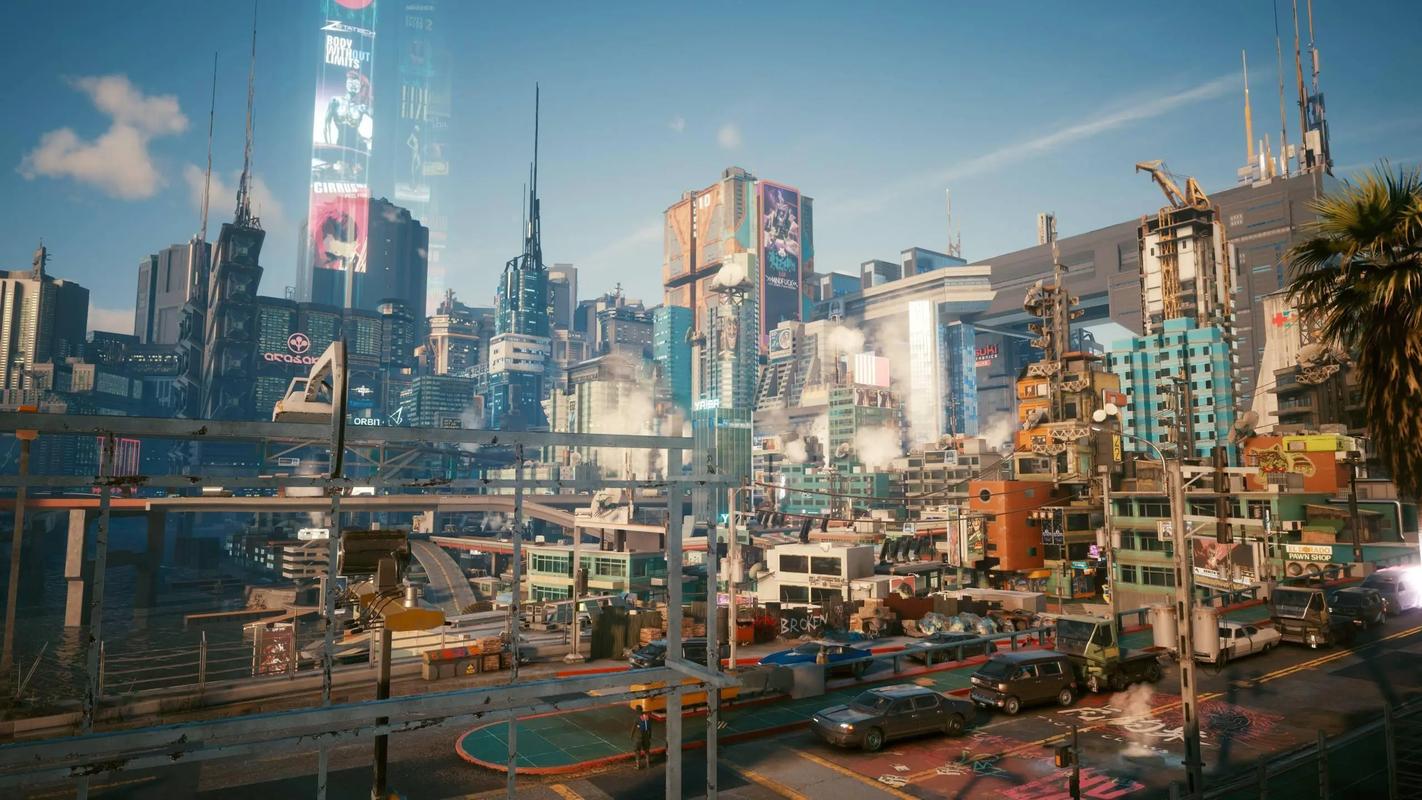The shriek of a violin. The dissonant groan of a cello. A single, pure, and terrifyingly lonely piano note hanging in a corrupted air. Video game scores are not merely accompaniment; they are the unseen character, the environmental storyteller, the direct line to the player’s primal fear. Few franchises understand this symbiotic relationship between audio and horror as profoundly as The Evil Within series. While the first game established a potent, if somewhat derivative, sonic identity of industrial chaos, it was with The Evil Within 2 that the score, led by the returning composer Shuichi Kobori, truly evolved. It didn't just accompany survival horror; it redefined it, transitioning from a soundtrack of external torment to one of internal, heartbreaking dissonance, perfectly mirroring the game’s own evolution from pure shock to tragic depth.
The original The Evil Within’s audio landscape was a masterclass in relentless, external horror. Drawing clear inspiration from the industrial and noise-driven works of composers like Akira Yamaoka (Silent Hill), Kobori crafted a soundscape that felt like an assault. The score was a character in itself—the voice of the STEM world and its deranged architect, Ruvik. It was jagged, metallic, and unpredictable, utilizing atonal stabs, distorted mechanical sounds, and frantic percussion to keep players in a constant state of anxiety. This was horror as a sledgehammer: effective, brutal, and designed to disorient. It perfectly matched the game’s nightmarish, labyrinthine setting where the world itself was an active, malevolent force seeking to tear protagonist Sebastian Castellanos apart.
The Evil Within 2, however, presents a fundamentally different narrative and, consequently, demands a fundamentally different sonic approach. The setting shifts from a purely hostile collective consciousness to a fractured, personalized world built from the memories of Sebastian’s missing daughter, Lily. The horror is no longer just about surviving a monster; it’s about navigating the shattered psyche of a broken father, confronting his guilt, grief, and failure. The score had to reflect this intimate tragedy. Kobori’s genius lies in how he built upon the foundation of the first game but inverted its purpose. The industrial elements are still present, but they are no longer the primary voice. Instead, they become the corruption—the invasive evil that twists something beautiful into something monstrous.
This new sonic identity is established immediately with the main theme, "Lily's Theme." It is the heart from which the entire score pumps blood, both life-giving and corrupted. It is a simple, haunting piano and music box melody, achingly beautiful and imbued with an overwhelming sense of loss and nostalgia. This theme is the sound of Sebastian’s love for his daughter, a pure memory. Yet, Kobori masterfully deconstructs this very theme throughout the game. As Sebastian delves deeper into the idyllic-but-false town of Union, we hear "Lily's Theme" distorted, slowed down, and layered with dissonant strings and unsettling electronic glitches. The familiar melody becomes a source of unease, a reminder that this entire world is a beautiful lie built on a foundation of pain. The most personal and cherished memory becomes the vector for the deepest horror.
This use of melodic dissonance is the score’s most powerful tool. Tracks like "The Guardian's Awakening" begin with the same melancholic piano, creating a moment of somber reflection, before being violently interrupted by monstrous, groaning cellos and explosive percussion, sonically representing the sudden emergence of a horrific threat from the calm. The music doesn’t just signal danger; it illustrates the process of corruption. The safety of the memory is violated by the reality of the STEM world, and the score makes you feel that violation audibly.
Furthermore, the score excels in its dynamic implementation within gameplay. Union is a more open environment, with moments of tense exploration punctuated by sudden enemy encounters. The music adapts seamlessly. The ambient soundscape while exploring is often a deep, atmospheric drone, punctuated by distant, distorted echoes of "Lily's Theme" or the whispers of the lost, creating a pervasive sense of loneliness and dread. This is the sound of Sebastian’s isolation. When an enemy detects the player, the score doesn’t just jump to a generic "action" cue. It often mutates. The ambient drones sharpen into aggressive pulses, the familiar melodic motifs twist into frantic, arrhythmic versions of themselves, and the industrial elements from the first game surge forward, representing the invasive system reasserting its control.

The ultimate evolution is heard in the score's culmination, particularly in the track "A Way Out." It begins with the same frantic, survival-horror energy of the first game, a desperate struggle. But as Sebastian nears his goal, the music undergoes a final transformation. The chaos recedes, and "Lily's Theme" returns, not in a distorted or corrupted form, but in a fuller, more orchestrated and resolved arrangement. It is still melancholic, but it is now underscored with a sense of determination, love, and tragic acceptance. The horror elements fade, leaving only the emotional core. The score tells us that the journey is no longer about surviving monsters, but about saving a soul and achieving a painful closure.
In conclusion, the score of The Evil Within 2 represents a landmark evolution in survival horror audio. It moves beyond the genre’s traditional role of simple atmosphere or panic induction. By centering its identity on a fragile, beautiful melody and then systematically deconstructing it through the lens of horror, it achieves a profound narrative depth. It is a score that is intimately tied to its protagonist’s emotional state, making the player feel not just fear, but also grief, guilt, and a sliver of hope. Shuichi Kobari didn’t just compose a soundtrack; he composed the sound of a broken heart trying to mend itself in a nightmare, forever setting a new benchmark for emotional storytelling in video game horror.















